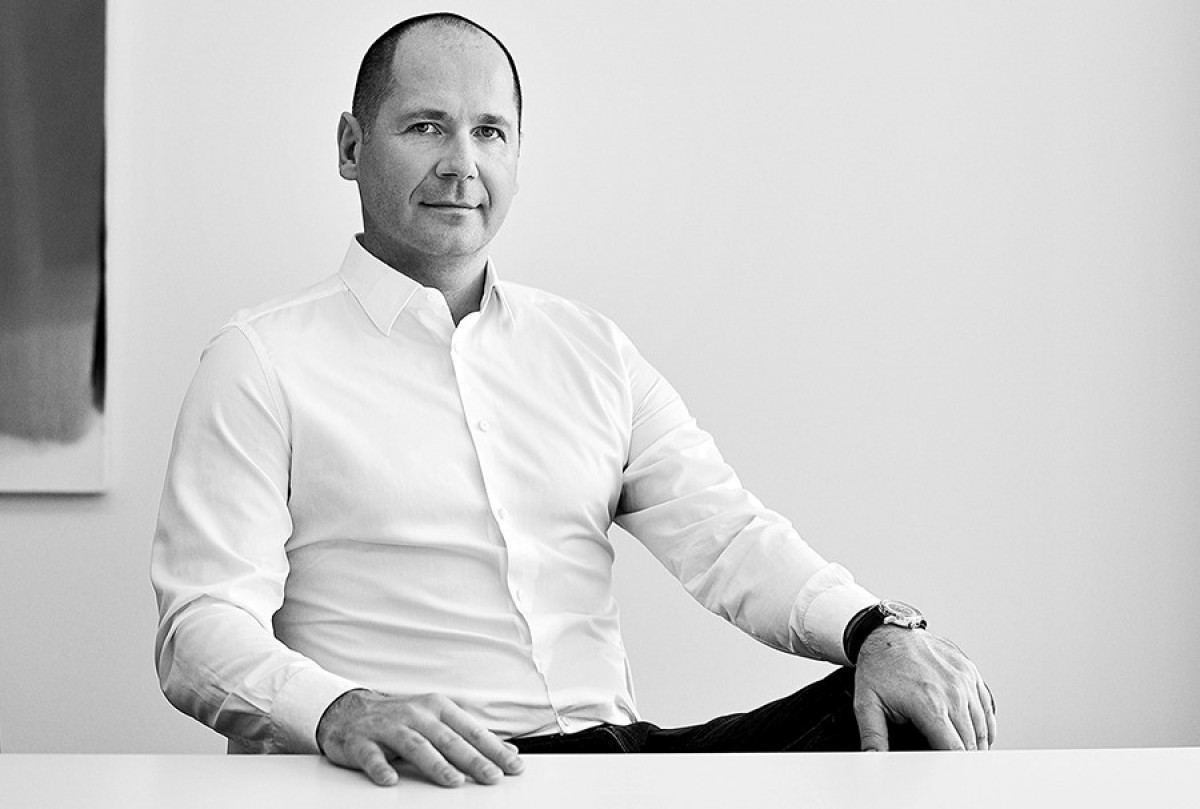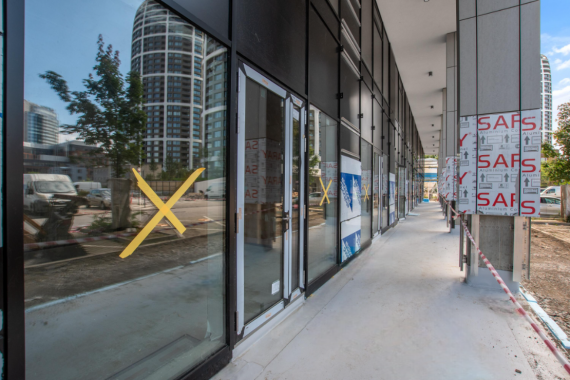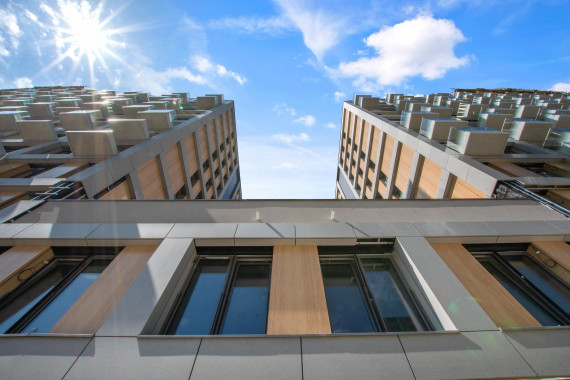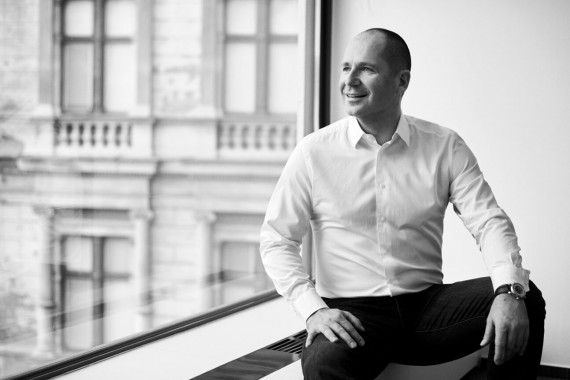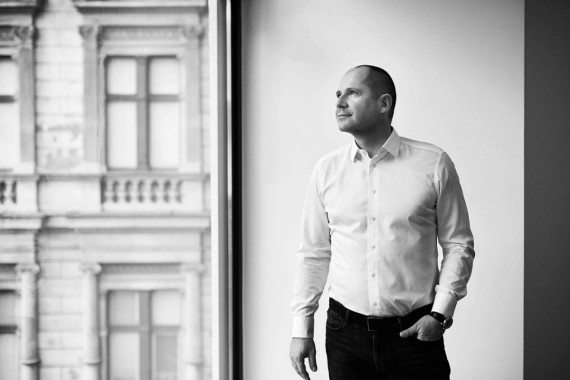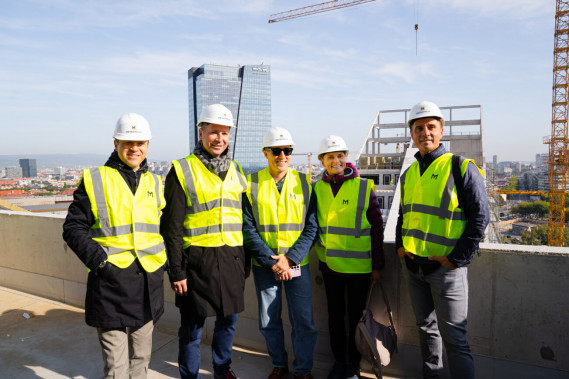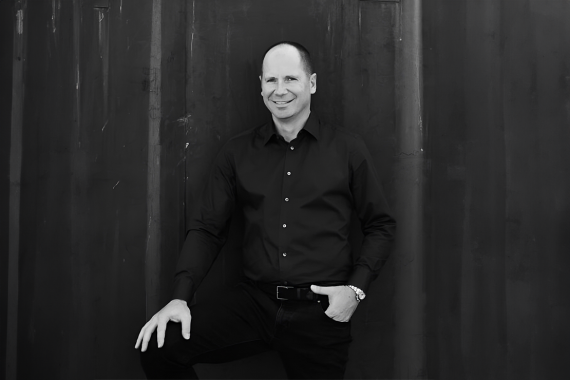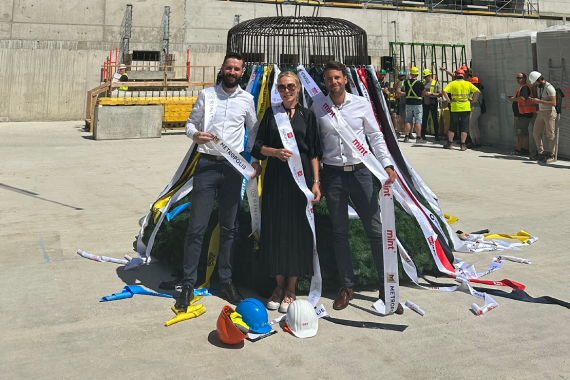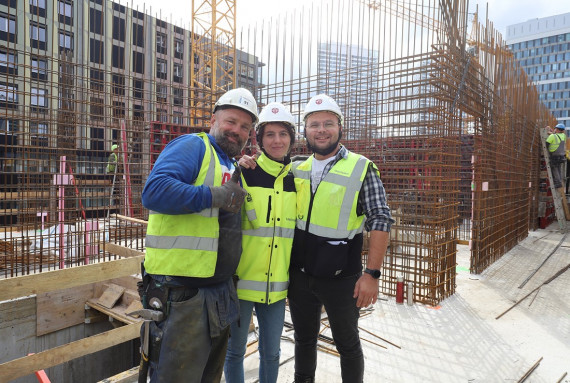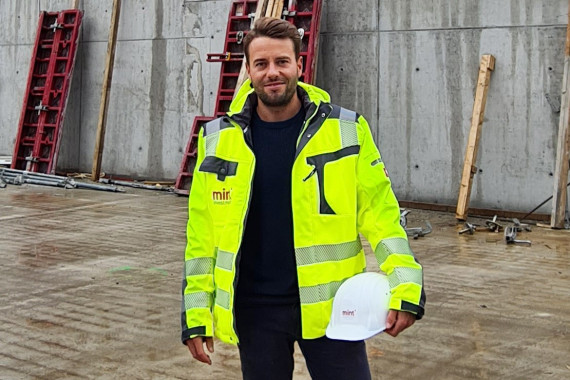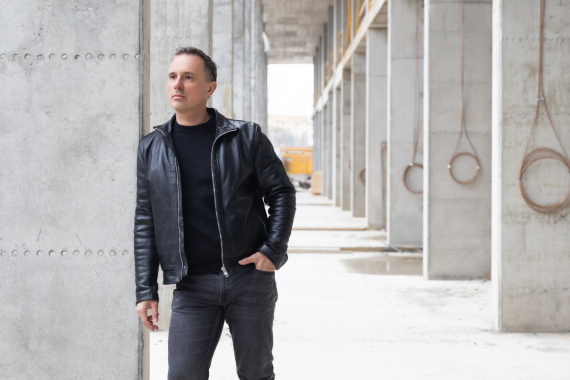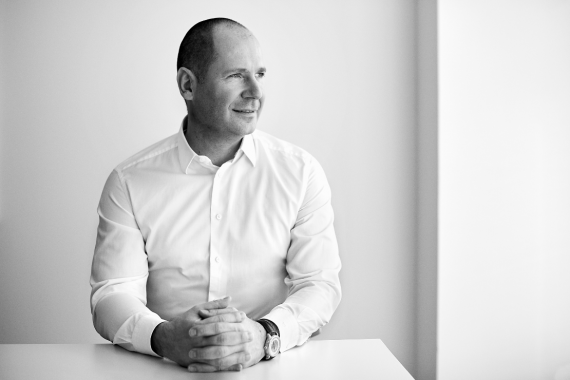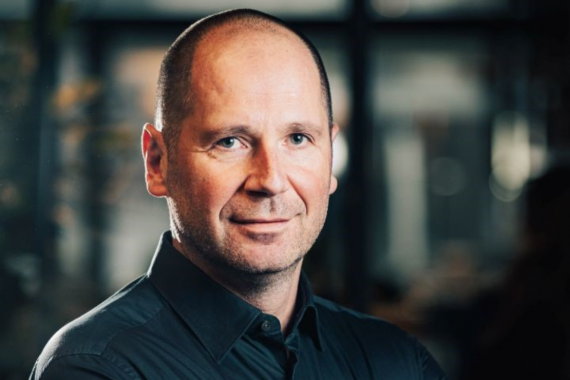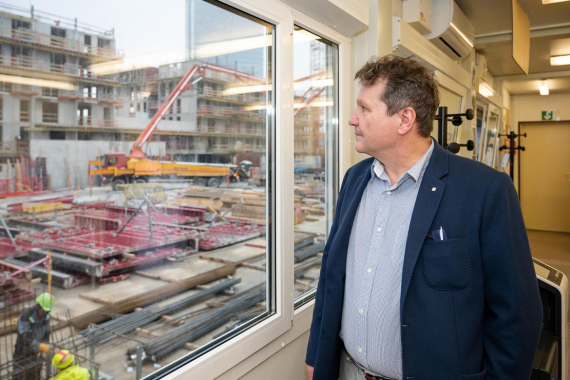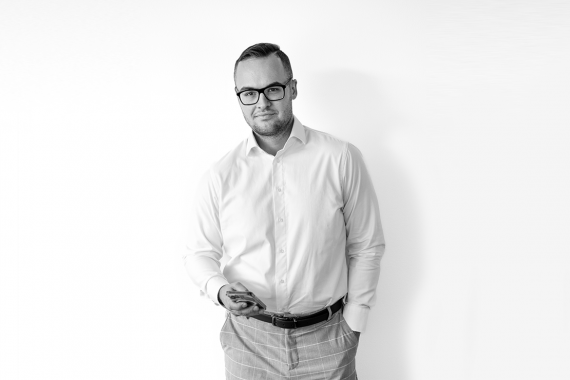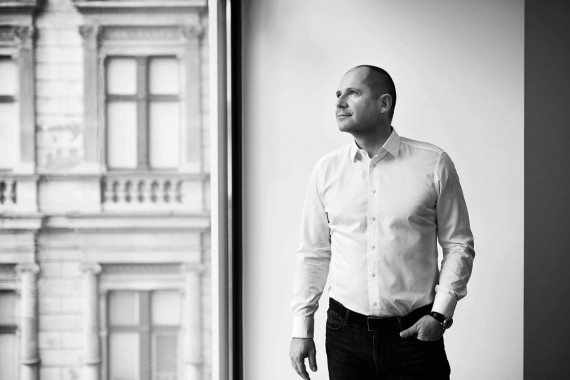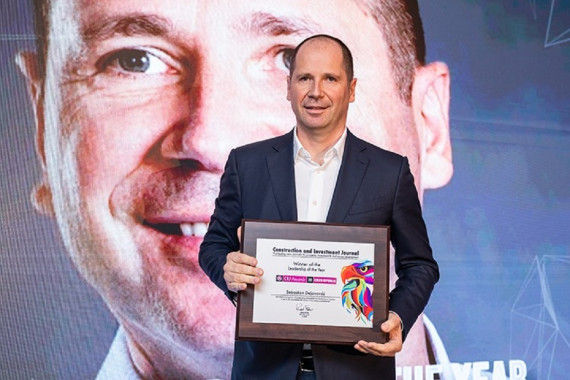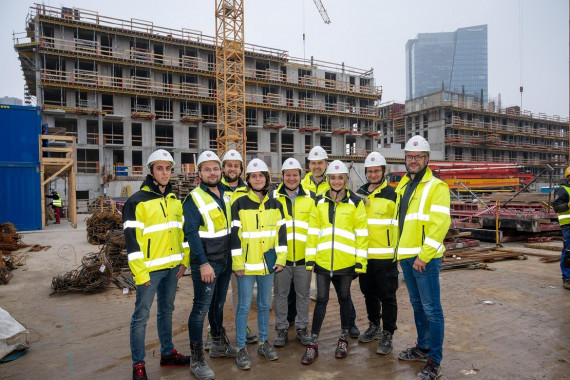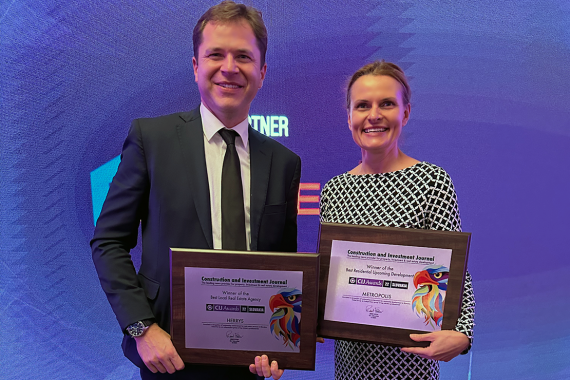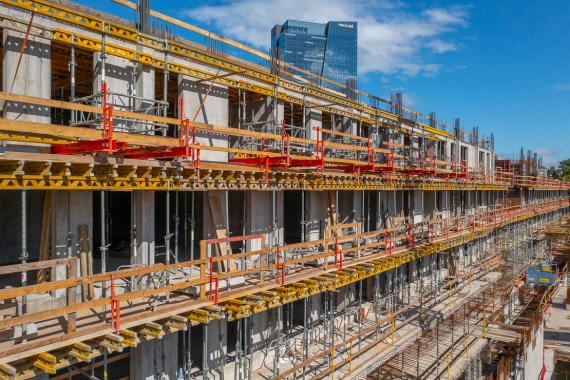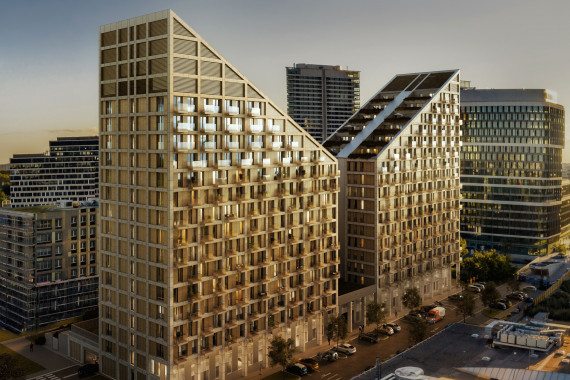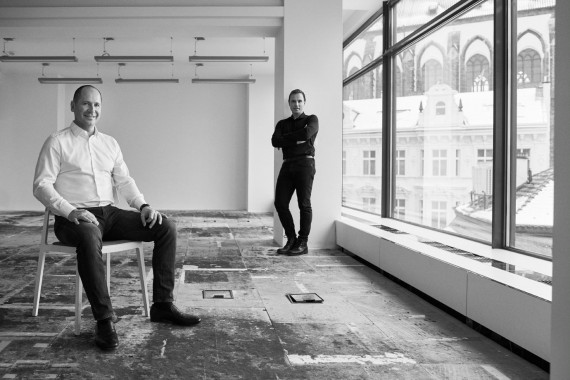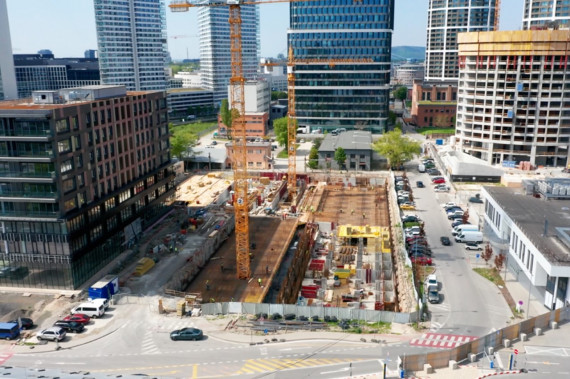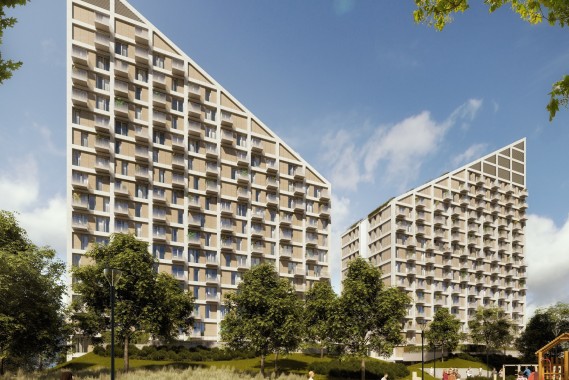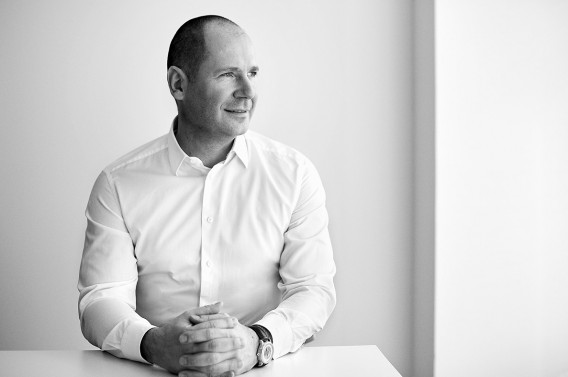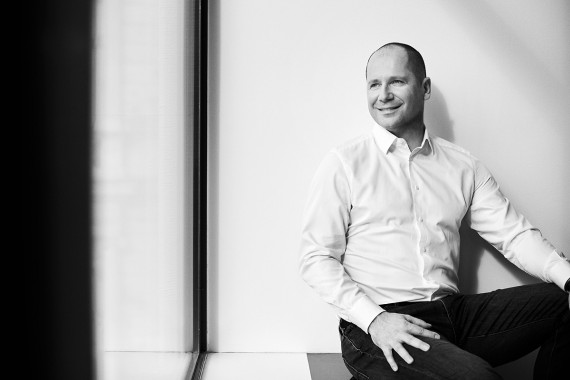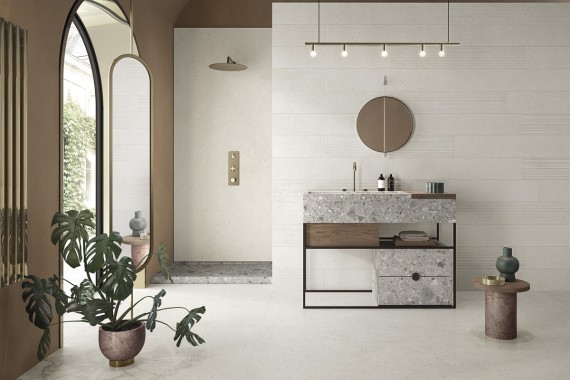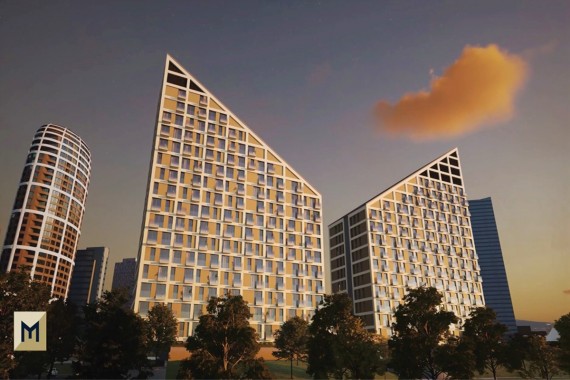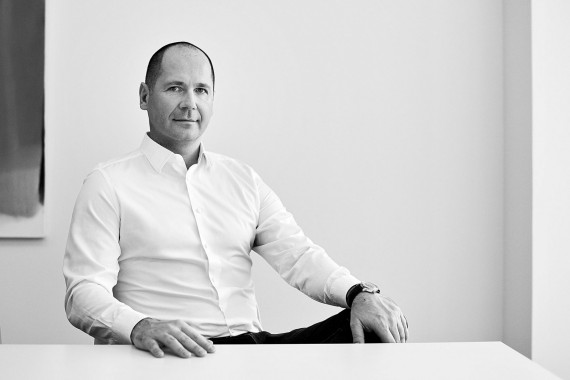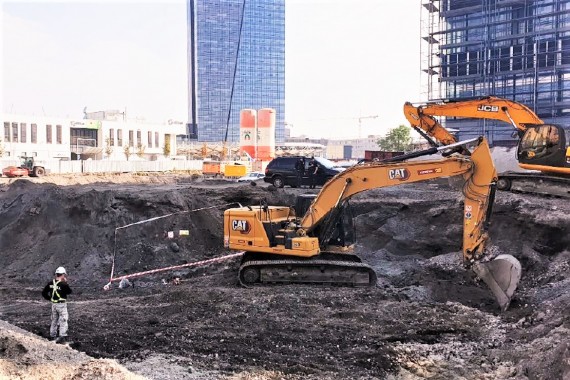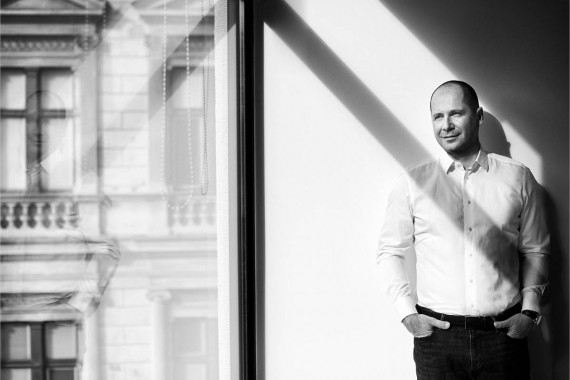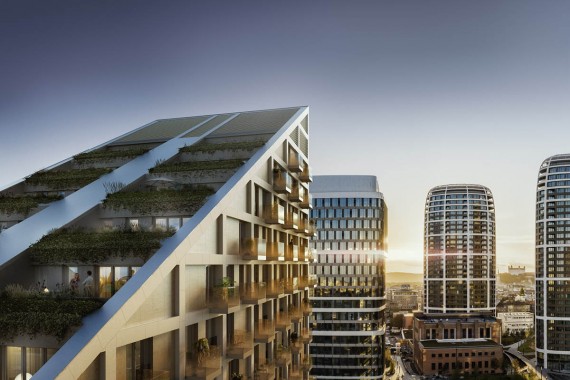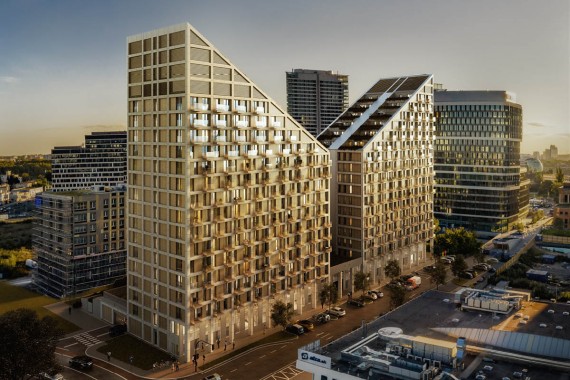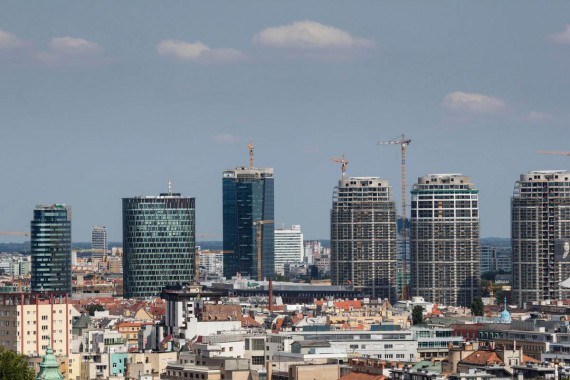Sebastien Dejanovski from Mint Investments compares housing built 20 years ago and today and what factors are currently affecting real estate market trends.
Housing built 20 years ago and now – how do they differ and where do you see the biggest shift?
The conception of construction was quite different 20 years ago. Projects were designed differently from how they are today. Affordability was the foremost concern, with low apartment prices. Projects were designed to be cost efficient, so little money was left for quality architecture; paying for an expensive architect was simply not a thing.
While architecture in the West had enjoyed a long tradition, here it was not customary to care much about the aesthetics of residential architecture; rather, pragmatism ruled.
Nevertheless, the efficiency of apartments was addressed to some degree at that time. The layouts were decided by the construction firm (note: at that time, the developer and the construction firm were in many cases one and the same) and later by the “early developers” building at that time without significant experience and using the materials available.
This is certainly true for Mint, too. What has helped Mint Investments in achieving its current standing?
It is due particularly to the general growth of the entire asset management business focusing on real estate management and becoming more professional. If we look worldwide, asset management 20 years ago was a small sector compared to what it is today. It became established as a type of business only 25 to 30 years ago, i.e. at a time when construction firms were the main constructors and there were not that many developers. But that has all changed and today the whole real estate market is a much more prestigious industry, attracting people with greater qualifications and professionalism. Now, real estate investment and management are essential for everyone. For people, families, institutional funds specialising in real estate as well as other large investors such as pension funds.
Which factors affect your sector the most? How have you been impacted by the crisis of recent times?
The real estate sector is directly affected by macroeconomics and microeconomics. In terms of microeconomics, I view it positively that Slovakia has coped with the pandemic very well, and that people have money and want to invest in housing in good locations. As far as macroeconomics is concerned, I am most worried about the uncertainty of the past 2 years due to the constant changes in the prices of building materials, which creates uncertainty regarding development and construction. And lately, it is also the war in Ukraine that is deepening uncertainty and concerns. The latter is having a huge negative impact, not just on our sector. Growing uncertainty will affect the availability of materials, construction firms and their willingness to build new projects. I think that due to the conflict, many projects will not go into the construction phase in the next 24 – 36 months. Analysts already now predict global stagnation associated with high inflation, and it can be expected that this will negatively affect everyone.
On the other hand, despite it all, what brings you the greatest joy in terms of your work?

